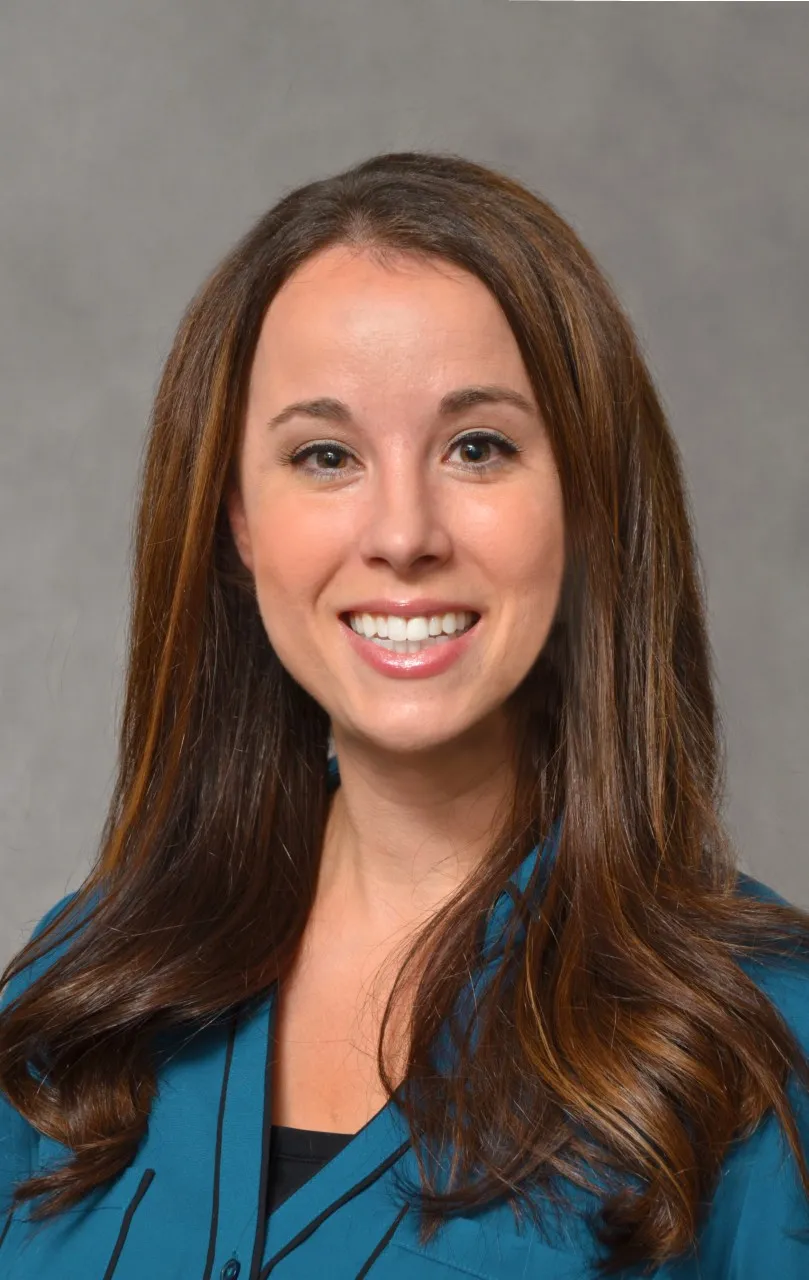
It’s easy to think that after being successfully treated for melanoma, the journey is over and you can move on with melanoma far behind you. If only it were that easy. For many survivors, learning to live and move on after treatment includes new routines, follow-up scans and appointments, and reacquainting oneself with a body and perspective that have been unmistakably shaped by melanoma.
At first, many survivors live ‘scan to scan’ and constantly worry for the proverbial shoe to drop.
They ask themselves, “What does it even mean to be a survivor? Am I cured?”
Unfortunately, there are no simple answers to these questions. In fact, doctors and researchers alike weren’t even asking these questions ten years ago. In many cancers, including melanoma, improved treatment options like immunotherapy have dramatically extended the lives of people with late stage disease. Today, there are more than 15 million cancer survivors in the United States. This tremendous progress brings new challenges: how do we support these survivors? What do they need?

“This is an understudied area,” said University of Minnesota researcher Dr. Rachel Vogel. “This is personal to me. Like many people, I have family members who have gone through cancer, one of them very closely. I was the primary caregiver and that experience showed me that it is one thing to treat cancer and a whole other to live with it and beyond it.”
Vogel, an assistant professor in the Department of Obstetrics, Gynecology and Women’s Health, is a cancer epidemiologist and statistician by training. Her work focuses on better understanding the needs of the growing population of cancer survivors, which she defines as anyone “diagnosed with cancer, living with cancer, cured with cancer, or anything in between.”
She was recently awarded The Wayne Stinchcomb Big Orange Foundation-MRA Young Investigator Award for Women in Scientific Research to pilot the use of a wearable device that tracks sun exposure and provides actionable alerts to melanoma survivors in an effort to help them reduce their risk of a second melanoma. Her mentor is Dr. DeAnn Lazovich.
Melanoma survivors are at a 9-fold increased risk of developing another melanoma. Fortunately, in Vogel’s previous research, she found that most melanoma survivors adopt vigilant sun safe behaviors to mitigate this increased risk. Unfortunately, while most survivors adopt safer behaviors, 20% of survivors reported a sunburn in the past year and 10% intentionally went outside for a tan – both measures of inappropriate sun exposure.
“My previous research described a real problem, but with the pilot study, I’m hoping to find a potential solution. How can we intervene and help survivors?”
In the pilot, 80 melanoma survivors will be randomized into the control or intervention group. The intervention group will get a watch-like device that measures UV exposure. It will provide the UV index and sun prevention messages. The control group will get a similar device that does not include the UV sensor. After 3 months, Vogel and her team will compare sunburns, sun exposure, and other outcomes between the groups.
Vogel’s hypothesis is that the intervention group will adopt more sun-safe behaviors and get less overall UV exposure.
“We have technology that can effectively measure UV exposure. We don’t know, however, if devices like this can help people take the next step and change behavior,” said Vogel.
Results from the pilot study, scheduled to take place next summer, will help inform and shape a larger study with more participants. It will give Vogel an opportunity to see how survivors use the device in the real world and allow her to work through logistical issues before hundreds of survivors are enrolled in a later, follow-up study.
“This type of research is important because we know that cancer fundamentally changes your life,” says Vogel. “If successful, this intervention could help break the cycle for melanoma survivors and their families through prevention.”